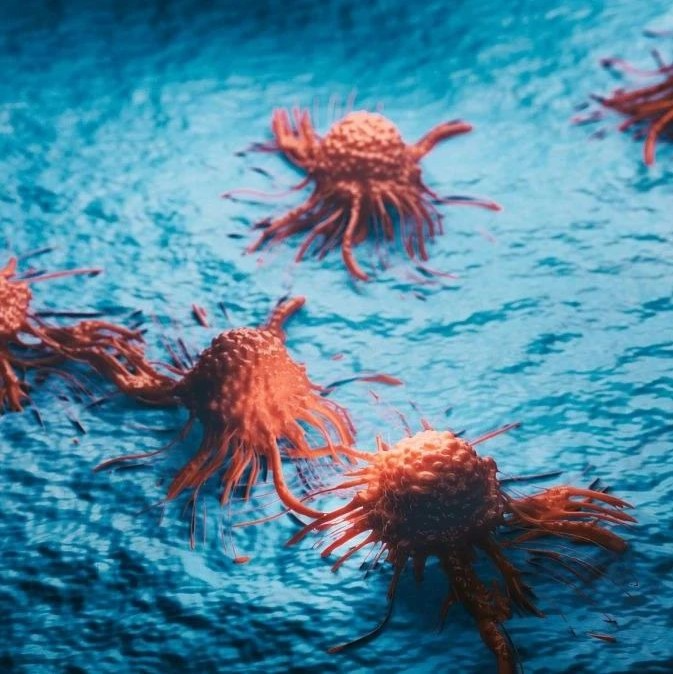科学家发现了一种蛋白,他们认为这种蛋白可以为鸭提供对流感感染的天然抵抗力。他们提出这种蛋白有可能转移到鸡的细胞中,从而产生类似的免疫应答。鸭和其他野生水禽是全部已知A型流感病毒(几次人类禽流感大流行的元凶)的天然宿主 。野生鸟类感染A型流感的时候通常并不生病,尽管鸡和其他驯化的禽类可能死亡。Katherine Magor及其同事检查了RIG-I病毒探测器的作用。RIG-I是一种病原体受体,此前被证明能够探测流感病并引发身体的抗病毒免疫应答。这组科学家证明了尽管鸭拥有完整和起作用的RIG-I受体,在A型流感病毒感染的时候激活,相比之下,鸡缺乏这种RNA解旋酶。这组作者报告说,把鸭的RIG-I转入鸡胚可以让鸡细胞探测流感病毒感染并引发抗病毒应答。这组作者说,发现这种天然抗基因有可能让科学家培育出流感抵抗力增加的转基因鸡。
论文 #10-01755: "Association of RIG-I with innate immunity of ducks to influenza,” 作者 Megan R.W. Barber, Jerry R. Aldridge, Jr., Robert G. Webster和 Katharine E. Magor
媒体联系人:Robert G. Webster,St. Jude儿童研究医院传染病系
Department of Infectious Diseases, St. Jude's Children's Research Hospital, Memphis, TN
电话:901-595-3400
电子邮件:robert.webster@stjude.org
媒体联系人:Katharine E. Magor,加拿大艾伯塔大学生物科学系
Department of Biological Sciences, University of Alberta, Edmonton, Alberta, CANADA
电话:780-492-5498
电子邮件:kmagor@ualberta.ca
Published online before print March 22, 2010, doi: 10.1073/pnas.1001755107
Association of RIG-I with innate immunity of ducks to influenza
Megan R. W. Barbera, Jerry R. Aldridge Jr.b, Robert G. Websterb,1, and Katharine E. Magora,1
Abstract
Ducks and wild waterfowl perpetuate all strains of influenza viruses in nature. In their natural host, influenza viruses typically cause asymptomatic infection and little pathology. Ducks are often resistant to influenza viruses capable of killing chickens. Here, we show that the influenza virus sensor, RIG-I, is present in ducks and plays a role in clearing an influenza infection. We show evidence suggesting that RIG-I may be absent in chickens, providing a plausible explanation for their increased susceptibility to influenza viruses compared with ducks. RIG-I detects RNA ligands derived from uncapped viral transcripts and initiates the IFN response. In this study, we show that the chicken embryonic fibroblast cell line, DF-1, cannot respond to a RIG-I ligand. However, transfection of duck RIG-I into DF-1 cells rescues the detection of ligand and induces IFN-β promoter activity. Additionally, DF-1 cells expressing duck RIG-I have an augmented IFN response resulting in decreased influenza replication after challenge with either low or highly pathogenic avian influenza virus. Implicating RIG-I in the antiviral response to an infection in vivo, we found that RIG-I expression is induced 200 fold, early in an innate immune response in ducks challenged with the H5N1 virus A/Vietnam/1203/04. Finding this natural disease resistance gene in ducks opens the possibility of increasing influenza resistance through creation of a transgenic chicken.







